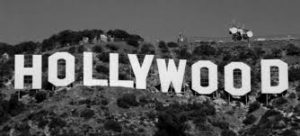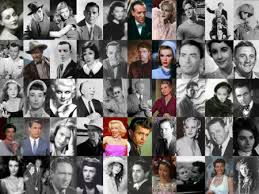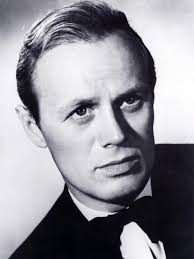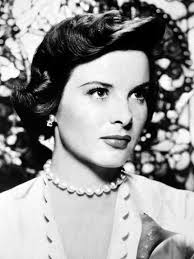- Steadicam is a brand of camera stabilizer mounts for motion picture cameras invented by Garrett Brownand introduced in 1975 by Cinema Products Corporation.
- It mechanically isolates the operator’s movement, allowing for a smooth shot, even when the camera moves over an irregular surface.
- The most widely used systems worldwide are Glidecam and its analogues such as Beestab, Easy Step, Flycam, Stabicam, MY Steadicam and some others.
- Steadicam operators cultivated an invisible style to formally mimic a kind of faster and cheaper dolly shot and to mitigate the apparatus’s uniquely embodied quirks.
- The Steadicam shot, like its operator, should be invisible to the audience.
- To operators, the only thing organic about Steadicam is that a human body operates it. Its mystification as a term by directors, scholars, or critics seems to point to a Steadicam shot that calls itself out as such and fails to hide under the invisibility of a dolly shot or an ultrasmooth handheld shot.
- A brand of camera stabilizer mounts for motion picture cameras
- Invented by Garrett Brown and introduced in 1975 by Cinema Products Corporations
- Garrett Brown worked in Philadelphia ad began his filmmaking in the early 1970s
- Sold his prototype to the first company he showed it to
- Mechanically isolates the operator’s movement, allowing for a smooth shot
- Previously dolly tracks or cranes were used to take shots on the move
- Enables “fluid” cinematic movement
- “One key feature of film consists in its power to bodily engage the viewer. Previous research has suggested lens and camera movements to be among the most effective stylistic devices involved in such engagement” (ncbi scholarly article quote)
Sources
- https://en.wikipedia.org/wiki/Steadicam (Links to an external site.)
- https://agreatreviews.com/top-best-dslr-steadicam/ (Links to an external site.)
- https://www.academia.edu/34472788/_Dancing_Flying_Camera_Jockeys_Invisible_Labor_Craft_Discourse_and_Embodied_Steadicam_and_Panaglide_Technique_from_1972_to_1985
- https://www.premiumbeat.com/blog/how-and-when-to-use-a-steadicam-shot/ (Links to an external site.)
- https://www.studiobinder.com/blog/best-video-camera-stabilizers/ (Links to an external site.)
- https://www.productexpert.com/best-dslr-camera-stabilizer-steadicams/ (Links to an external site.)
- https://nofilmschool.com/2016/09/how-to-be-a-steadicam-operator (Links to an external site.)
- https://www.ncbi.nlm.nih.gov/pmc/articles/PMC6415856/


/cdn.vox-cdn.com/uploads/chorus_image/image/55823555/livingdeadcover.0.jpg)





